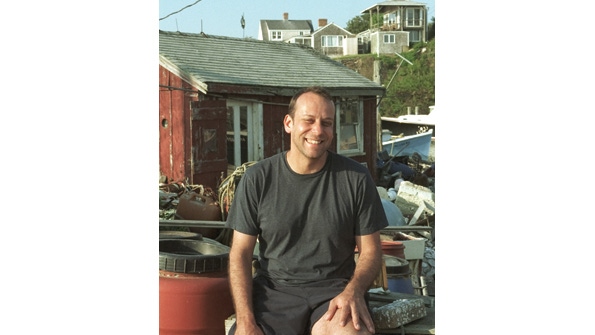.png?width=700&auto=webp&quality=80&disable=upscale)
Paul Greenberg, author of Four Fish: The Future of the Last Wild Food (Penguin, 2010) and keynote speaker at Natural Products Expo West 2012 discusses how dwindling numbers of popular fish species are negatively impacting the oceanic ecosystem and how retailers can get involved to help save the fish.

Paul Greenberg will speak at Expo West on Saturday, March 10, at 9 a.m., Anaheim Marriott Platinum Ballroom 6.
Natural Foods Merchandiser: Have you seen the creation of more sustainable fishing standards since the release of your book in 2010?
Paul Greenberg: Of course, but my book is just part of a continuum of all the efforts taking place. The emergence of the Marine Stewardship Council’s international certification has been a good step. It’s helped bigger retailers understand that sustainable seafood exists, where to get it and why it should be labeled. There’s also a new movement toward CSFs, or community-supported fisheries. The model is popping up in shore-side communities and offers local fisherman a fair price for local, sustainably caught seafood.
But we still have a long way to go. Many fish are getting harder to catch and bottom trawling is the easiest method. Imagine if you were to drag a huge net over the Serengeti, rip up all the trees, smash the elephants and giraffes, and throw everything away except the wildebeests. This is essentially what fishermen do to our oceans when they bottom trawl.
NFM: Is limiting our consumption of certain species the answer to bottom trawling?
PG: That’s certainly a step. I was at a dinner party recently and was a little apprehensive when I saw tuna on the menu. Even though it was pole caught, I’ve been staying away from tuna since writing the book because traceability can be tricky.When I was served the dish, it was interesting to see how the chef had prepared it. The fish was pounded very thin, so each serving basically amounted to only an ounce of tuna per person.
When you think about the fish a tuna needs to eat to produce a pound of flesh and the difficulty of catching them from far offshore, then maybe at the end of the day we’re really only entitled to a thinly pounded slice of fish, not the huge chunk that’s served in many restaurants.
NFM: How can natural products retailers convey this message to consumers?
PG: Retailers can choose to stock smaller fish such as anchovies, smelts and sardines, which are more sustainable than tuna or halibut. They can introduce shoppers to how great these options taste by demoing them in recipes or even introducing new seafood options in their prepared-foods case. If customers ask for other options, explain to them how you choose what to stock and the environmental implications of eating bigger species. Education is the best way to mobilize against unsustainable standards.
About the Author(s)
You May Also Like




